Ceramic Narratives
The Ceramic Narratives in Architectural Practice, Research and Education symposium is an evening event presented by ECAlab, and hosted by The Building Centre on Thursday 12 December 2019. The symposium is presented in conjunction with Hand Held to Super Scale: Building with Ceramics, a collective exhibition also taking place at the Building Centre between 20 September 2019 and 31 January 2020.
Download the event poster here
Major advances in ceramics engineering and craftsmanship have opened new routes for innovation, triggering the re-emergence of ceramics as a sensory and culturally inspiring material in architecture. This event will present innovative trends in contemporary architectural ceramics production, bringing together some of the most prominent international minds connected to ceramics design and creation/production. Through speakers’ presentations and chaired discussions, we will explore a wide range of topics relating to the role of ceramics in the production of architecture, such as:
- Innovation, sustainability and technology
- Craft techniques and experimentation
- Ceramics, ornament and art in architecture
- Ceramic futures: challenges and opportunities
This is the third in a series of symposia that aim to spark a discussion around the multiple attributes of ceramics as a versatile, phenomenological and inspiring architectural material.
Speakers
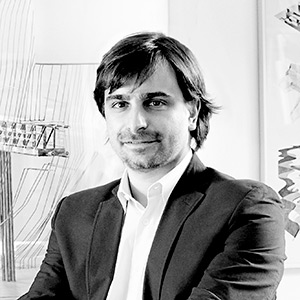
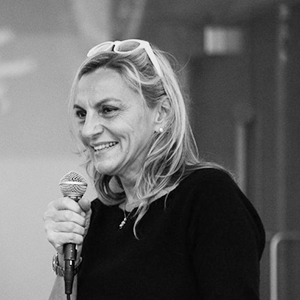
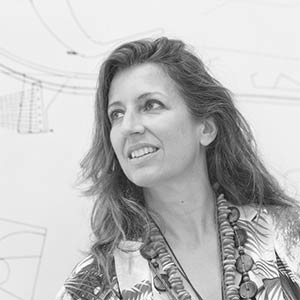
Through this interdisciplinary symposium, leading architects, ceramicists, designers, engineers, industry professionals and researchers will discuss prospective scenarios and futures for ceramics within architecture.
This symposium is generously supported by IVACE, ASCER-Tile of Spain, the University of Liverpool and Leeds Beckett University.
The symposium is organised and chaired by Rosa Urbano Gutiérrez, funding director of ECAlab.
Schedule
Thursday 12th December 2019, 17.30-20.30
17.30 Check in
17.50 Welcome, introduction and programme overview
Lectures
Innovation in Ceramic Narratives and Architectural Application
What value can ceramics bring to architecture? How are ceramics inspiring new ways of expression and pushing the limits of what a new experience of the built environment can be? How can we reignite the interest in a material whose advancement has enjoyed less exploration throughout the twentieth century? What is allowing designers and ceramic artists to explore with renewed vigour, complex relationships between materiality and the spatial qualities of architecture? How can ceramics engineering expand the imagination of visionary design professionals? How can we capitalise on the extensive knowledge of artists and craftsmen in these nascent technologies and construction processes?
This session will focus on the conceptual questions and practical challenges raised by the use of innovative earthen materials in our contemporary cultural and architectural context.
18.00 Borja Ferrater, OAB (Office of Architecture in Barcelona)
18.40 Laura Andreini, Archea Associati
19.20 Benedetta Tagliabue, Miralles Tagliabue EMBT
Critical Discussion
Architectural Practice, Research and Education: Future Prospects
How are the current dialogues between art, craftmanship and architecture enabling the emergence of new design methodologies? Which are the best vehicles for these collaborations and what challenges do we still find in these processes? How can we reconcile personalised proposals with efficient manufacturing? How can manufacturers and the building industry be encouraged to take this risk and engage in new projects? This debate will focus on experimental ways of collaboration, production and prospective transformations of a primal material such as ceramics into complex hybrid systems, leading it to the forefront of innovation.
20.00 Critical Discussion chaired by Rosa Urbano Gutiérrez
20.30 Wine reception
Contact and Location
Ceramic Narratives Symposium
The Building Centre
26 Store Street
London WC1E 7BT
Symposium Sponsors






Borja Ferrater
OAB (Office of Architecture in Barcelona), Barcelona, Spain
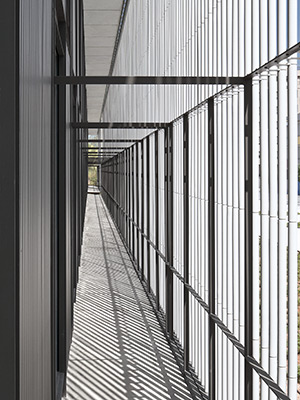
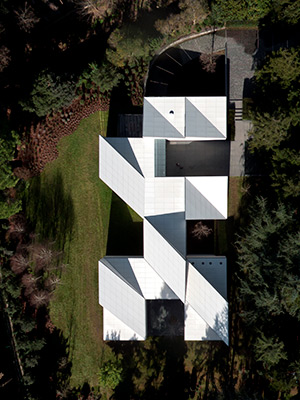
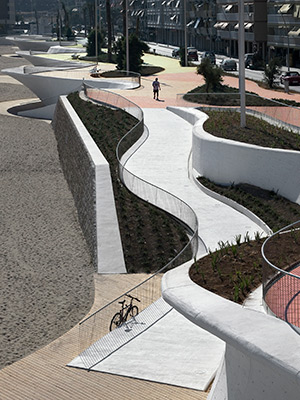
Borja Ferrater conducted studies in biology at Temple University (Philadelphia, USA) and at the University of Navarra (Spain) between 1994 – 1997, and graduated as an architect, with Thesis Cum Laude, from the International University of Catalonia (UIC) in 2005. He got his Master degree in Biodigital Architecture in 2010, and his PhD in Architecture in 2017, under the title “Use of complex Geometric Systems in Architectural Practice”. Borja is currently teaching at ESARQ UIC, and co-leading a research on new Concrete materials (GRC), sponsored by Mexican Multinational Corporation, CEMEX, at the Polytechnical University of Barcelona. He has been Visiting Professor and given lectures, participated in round tables and jury of prizes in more than 20 countries around the world.
Carlos Ferrater Studio was founded in 1971, and in 2005 Carlos, together with his children Borja and Lucía Ferrater, plus his son-in-law Xavier Martí-Galí, decided to set up OAB (Office of Architecture in Barcelona), as a new collective platform that picks up on the trajectory of the earlier studio, whilst incorporating new ways of understanding architecture on the part of the members of the team in a richer, more varied and more flexible way of approaching project design. The renewal and creation of this new platform will attempt to confront the challenges that the architecture of this century has posed in the intellectual and social, technological and environmental fields. During the last years OAB has experienced a huge increase of international assignments, producing 281 projects in more than 15 countries.
Laura Andreini
Archea Associati, Florence, Italy
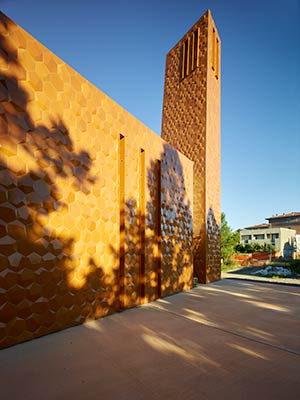
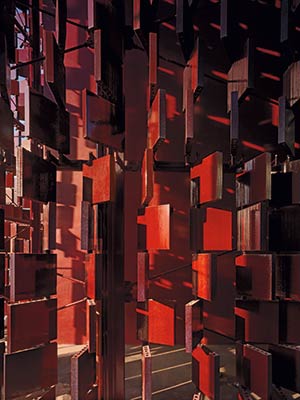
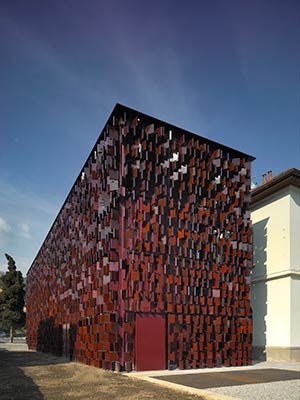
Founding partner of Archea Associati, Laura Andreini graduated with honours from the Architecture Faculty of Florence in 1990, completing her PhD at the same university in 1997. She is currently an Associate Professor in Architecture and Urban Planning at the School of Architecture in Florence. Archea was founded in 1988 together with Marco Casamonti and Giovanni Polazzi. It is an architectural and design office with more than 120 architects operating in the Florence, Rome and Milan branches. By partnering with design firms in Beijing, Dubai and San Paolo, Archea has produced architecture, design, interior design and graphic design works all over the world. The complementariness of the various activities focussed on the design process at different project scales open a constant critical reflection on the issues of architectural construction. Each partner, besides his or her design practice, are academics conducting research at the schools of architecture of Florence and Genoa, and direct the architectural journal Area.
Among the main works of Archea Associati are included: the Public Library in Nembro (Bergamo); the extension and renovation of the Perfetti Van Melle site in Lainate near Milan; the Antinori Winery in San Casciano Val di Pesa (Florence); the Yanqing Expo Grape near Beijing; the Li Ling World Ceramic Art City in China; the Colle Loreto residential complex in Lugano, Switzerland; the renovation and transformation of the former Magazzino Vini in Trieste where Eataly is hosted, and the renovation and refurbishment of La Valletta Central Market in Malta. Projects under construction among others, are: the Forevergreen Tower and the Albanian National Stadium both in Tirana; the redevelopment of the See Square in Durres, Albania; the Changri-La Winery in Penglai (China); and the residential complex in San Donato district and the renovation of the cinema Astra 2, both in Florence.
Benedetta Tagliabue
Miralles Tagliabue EMBT, Barcelona, Spain
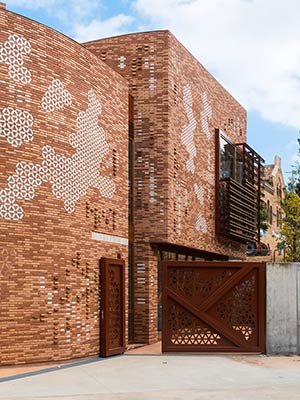
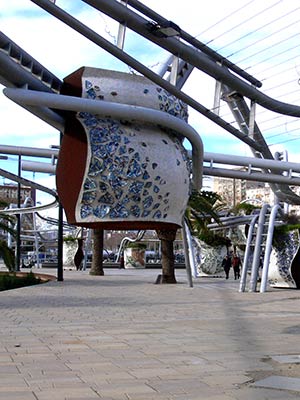
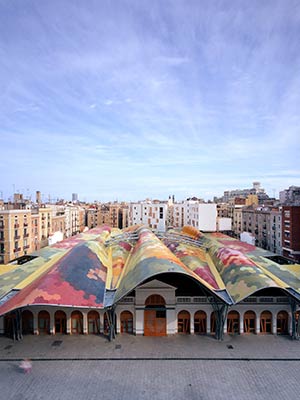
Benedetta Tagliabue studied architecture at the Istituto di Architettura di Venezia (IUAV) and currently acts as director of the international architecture firm Miralles Tagliabue EMBT, founded in 1994 in collaboration with Enric Miralles, based in Barcelona, Shanghai and Paris. Among her most notable built projects are the Scottish Parliament in Edinburgh, Diagonal Mar Park, the Santa Caterina market in Barcelona, Campus Universitario de Vigo, and the Spanish Pavilion at the 2010 Shanghai World Expo, which was awarded the prestigious RIBA International “Best International Building of 2011” award. Current studio projects include the Business School of Fudan University in Shanghai, office towers in Xiamen and Taichung, public spaces of HafenCity in Hamburg Germany, the metro station Clichy-Montfermeil in Paris, France (1st prize in competition), the Naples Underground Central Station in Italy, among others. Her studio works in the fields of architecture, design of public spaces, rehabilitation, interior and industrial design. Her poetic architecture, always attentive to its context, has won international awards in the fields of public space and design. In the teaching field, she has been a visiting professor at Harvard University, Columbia University and Barcelona ETSAB, lecturing regularly at architecture forums and universities, and is part of jurors around the world, e.g. the Princesa de Asturias awards and since 2014 she is part of the jury of the Pritzker Prize. In 2004 she received an honorary doctorate from the Faculty of Arts and Social Sciences, Edinburgh Napier University, Scotland.
Her work received the RIBA Stirling Prize in 2005, the National Spanish Prize in 2006, the Catalan National prize in 2002, City of Barcelona prize in 2005 and 2009, FAD prizes in 2000, 2003 and 2007. She received the 2013 RIBA Jencks Award, which is given annually to an individual or practice that has recently made a major contribution internationally to both the theory and practice of architecture. And in May 2019, she received the Cross of Sant Jordi granted by the Generalitat of Catalonia for the excellence of her professional practice in the field of architecture worldwide.
She is also the director of the Enric Miralles Foundation, whose goal is to promote experimental architecture in the spirit of her late husband and partner Enric Miralles.
